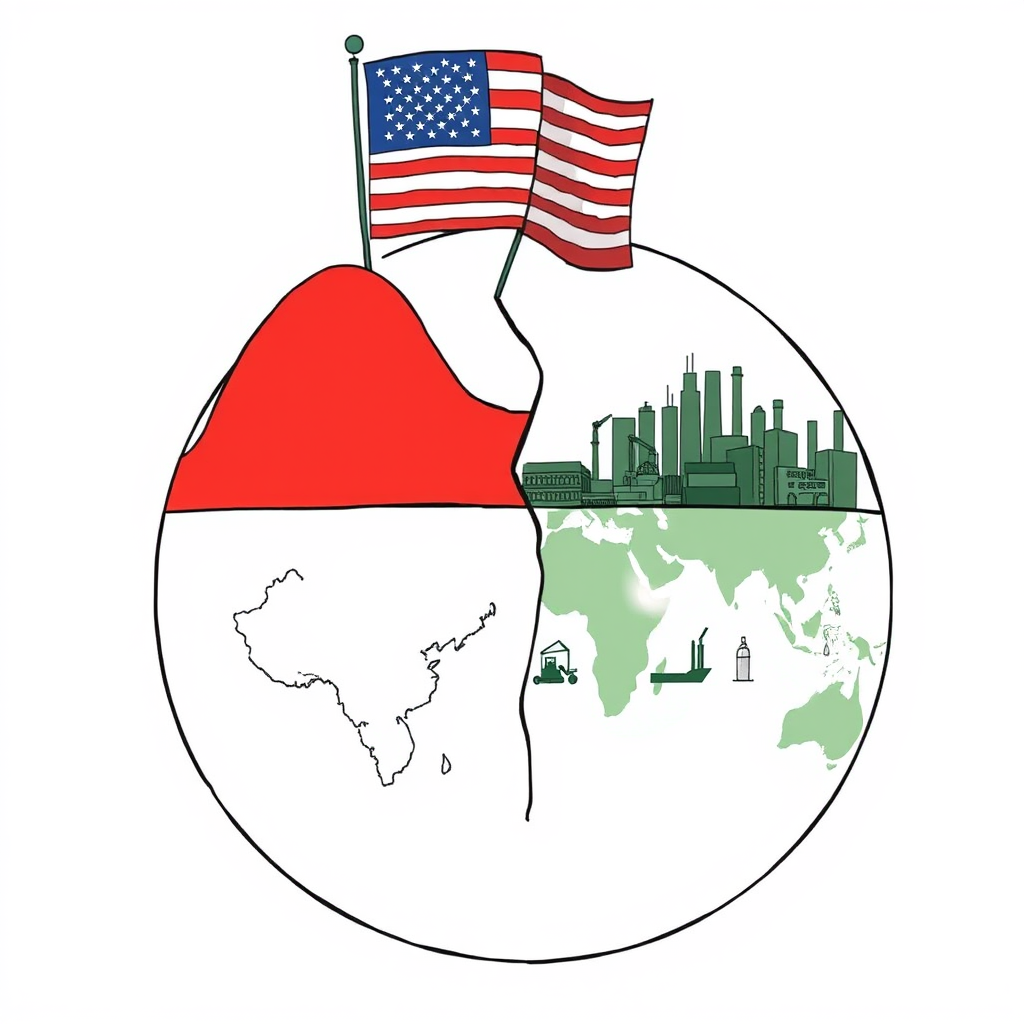Trump's Tariff U-Turn: China Hit, Others Pause

Donald Trump announced a dramatic shift in trade policy Wednesday, escalating tariffs on China to 125% while simultaneously offering a 90-day pause on tariffs for all other nations, reverting to a baseline 10% rate. The move comes after a rapid-fire exchange with Beijing, triggered by the US raising tariffs on Chinese goods, prompting a retaliatory levy from China.
The US initially increased tariffs on China to 104%, a move swiftly countered by Beijing with an 84% tariff on US imports – a significant escalation of the ongoing trade war. The US responded by further increasing tariffs on China to the current 125%, effective immediately. Trump, via his social media platform, justified the actions, stating China had been “ripping off” the US and other countries for too long.
However, in a surprising turn, Trump announced a temporary reprieve for over 75 countries that had engaged in negotiations with the US without retaliating to the imposed tariffs. He attributed this lack of retaliation to his “strong suggestion” and authorized the 90-day pause and lowered reciprocal tariff.
The announcement introduces a layer of complexity to the administration’s trade strategy. While the administration insists the escalating tariffs on China were part of a calculated strategy to force negotiations, the simultaneous pause for other nations raises questions about the long-term goals. Treasury Secretary Scott Bessent claimed the entire sequence was planned, suggesting the US “goaded” China into a disadvantageous position.
India, which recently announced a 26% additional levy, has emphasized ongoing negotiations for a bilateral trade deal with the US. Ministry of External Affairs Spokesperson Randhir Jaiswal stated India is studying the implications of the tariffs and remains committed to reaching a mutually beneficial agreement. The 90-day pause is expected to provide New Delhi with breathing room to finalize the deal and assess the impact of the tariffs.
This policy whiplash – escalating tensions with China while extending an olive branch to others – underscores a fundamental uncertainty within the Trump administration regarding trade. The initial insistence on short-term pain for long-term gain now appears tempered by a willingness to negotiate, leaving observers questioning whether the tariffs were ever intended as a permanent measure or simply a bargaining chip.
The situation is a high-stakes gamble. While the pause may offer temporary relief to many nations, the escalating conflict with China carries significant economic risks. The administration’s inconsistent messaging and conflicting statements from key aides only add to the confusion, leaving the global trade landscape in a state of precarious uncertainty. It’s a strategy built on brinkmanship, and whether it will ultimately yield positive results remains to be seen.